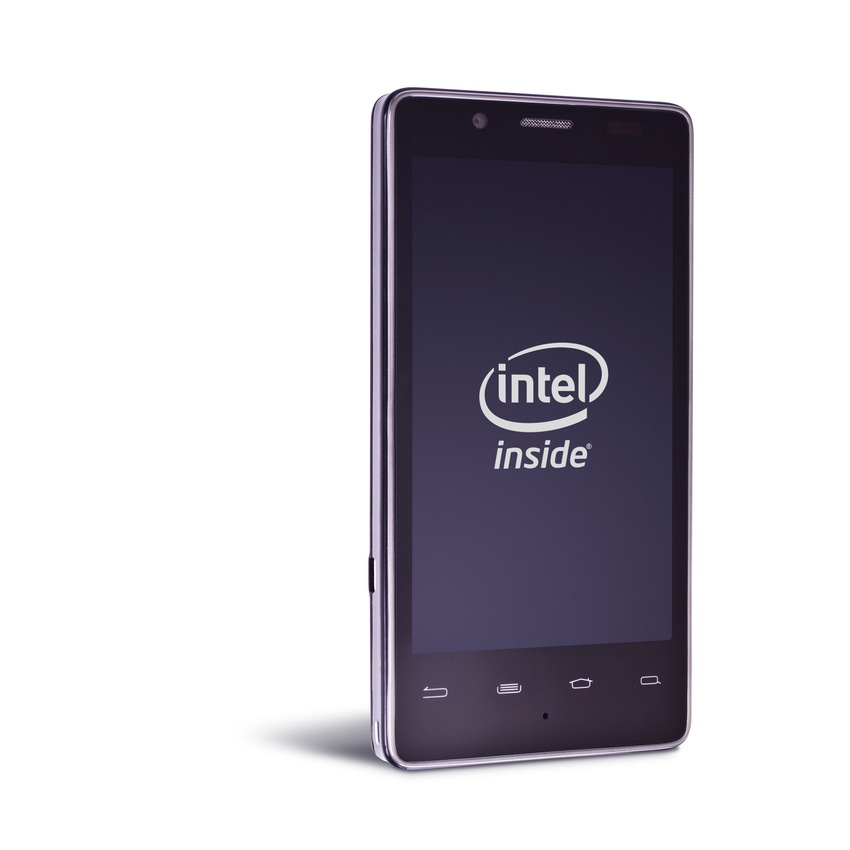Intel has reported record full year and fourth quarter revenues for 2014, but the IT chip vendor’s mobile business plummeted 85% compared to 2013 losing $4.21 billion over the financial year.
January 16, 2015

Intel has reported record full year and fourth quarter revenues for 2014, but the chip vendor’s annual mobile revenues plummeted 85% compared to 2013 losing $4.21 billion over the financial year.
The company’s total annual revenues climbed to $55.9 billion, up 22% compared to 2013. In the fourth quarter overall revenues saw an increase of about 6% compared to the same time last year, but the Mobile and Communications unit reported an operating loss of over $1 billion in Q4 alone.
Intel, however, seemed to want to play down this dramatic downward spiral saying the result was in line with expectations. It also made sure to point out its mobile chips were installed in a record number of handheld devices. However, as the company has been trying to create a presence for itself in this market, it has spent a lot more money in doing so than what it has generated.
“The fourth quarter was a strong finish to a record year,” CEO Brian Krzanich said. “We met or exceeded several important goals: reinvigorated the PC business, grew the Data Center business, established a footprint in tablets, and drove growth and innovation in new areas.”
The company’s all other units did indeed see growth, although within the Software and Services division at very modest rate (1%). The best performer of the year was Intel’s Internet of Things Group, which grew by 19% year-on-year, while the Data Center business was up by 18% and PCs 4%.
Krzanich recognised more needed to be done to improve overall business, and the mobile segment in particular. “There is more to do in 2015. We’ll improve our profitability in mobile, and keep Intel focused on the next wave of computing,” he said.
As a remedy for the troubled business unit, the vendor is planning to merge the mobile chips division with PC chips, as well as starting to produce cheaper but more capable chips. It also intends to pay less in subsidies.
Intel certainly has its work cut out if it wants to get somewhere with its mobile business. First step would be getting back to black and this is not looking out to be a walk in a park. At the recently held CES event, the company launched its Curie wearable module, aimed at the nascent wearables market. However, with rival ARM’s technology already present at several wearables launched at the show, Intel was again left behind.
About the Author(s)
You May Also Like








.png?width=300&auto=webp&quality=80&disable=upscale)


_1.jpg?width=300&auto=webp&quality=80&disable=upscale)


.png?width=800&auto=webp&quality=80&disable=upscale)